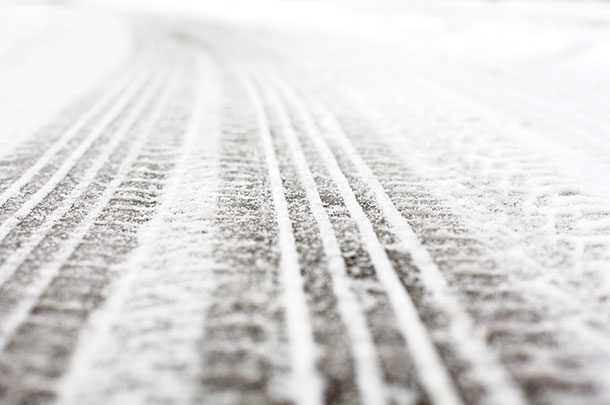It’s usually the month you panic if you still have hay left for sale that isn’t spoken for.
February helped with the feeling among southwest Idaho hay haulers that cowboys didn’t think hay trucks would run unless there was snow on the ground or mud in the stack yards. If the winter looked like it was going to hang on longer, some of the cow-calf guys would order more hay just to make sure they had enough feed to get them through until the grass came on.
By February, most of the wintertime quirks had been worked out of the hay trucks. Alcohol had been regularly added to the air brake lines to keep moisture from upsetting the function of the brakes, and anti-gel for the fuel was used in the correct amounts.
The last several winters I was on the road with old “Yeller,” I carried a 5-gallon propane bottle and a weed-burner tip at the end of a propane hose. There had been episodes that would have been less traumatic if I’d had it with me earlier.
About three trucks ended up staying the night at Terreton, Idaho, near Mud Lake in the Idaho Falls region one February. Temperatures were down in the “don’t ask” range, and we were lucky enough to find lodging where we could plug in the trucks. The plan was for a daylight loading party – and glory be, all the trucks started right up.
I pulled onto the highway following the first two trucks. I had it up to about 40 miles per hour when the fire went out. I called for help on the CB radio, only to see the taillights of the other trucks disappear ahead of me. I coasted to the side of the road and donned my insulated coveralls.
The fuel in the tanks was not gelled, but when I cracked the fuel line going from the crossover line to the engine, nothing came out from the tank side.
I closed the shut-off valves at each fuel tank and removed the crossover line, and then beat the road with it until I could blow through the line. I figured I had successfully dislodged whatever ice crystals had caused the fuel to stop flowing.
I put it back together and, with much cranking and a couple of shots of ether, the old girl came to life. The weed burner would have saved lots of work that morning.
When I arrived at the stack, the second truck was almost loaded. The guys asked what kept me. I told them that I had noticed the lights of the café, just up the road from where we had camped, come on as I was pulling out.
I, being a bright boy and knowing I’d have to wait until last to load anyway, went and ate a big breakfast. They believed me and were rather riled up – until I showed them my well-soaked diesel coveralls.
Then there was the load where we watched the weather and prayed for freezing temperatures at the stack yard so we could load and get out without sinking to our nubbins in the mud. Finally loaded, we delivered the next morning north of Huntington, Oregon, about a hundred miles from the haystack, to a ranch on the southern end of Hells Canyon.
When we pulled off the freeway, the temperature was -15ºF, and the roads were smoothly snow-packed. It was cold enough that the truck never slipped a tire going in.
We dropped the trailer at the last turn-around point and went on in and unloaded the truck. Back at the trailer, we were still getting around fine without tire chains.
Back on the county road, the nice, sticky -15ºF roadway we came in on had been graced by the morning sun – and we discovered our predicament when we had to slide backward to the edge of the road to find enough loose, big rocks to stop us from ending up lost in the bottom of Hells Canyon.
Before it was over, we had unhooked the trailer from the truck, and did lose it down the canyon, but it stopped on a camelback hump of ground. With the help of a big loader, we retrieved it.
Then we went back towards Hells Canyon until we found a place to turn around. This time, we hit that troublesome grade at about “warp seven” with my two pair of three-rail tire chains on. Without incident.
The only thing worse than having to install tire chains is to have to put them on after you’re already stuck. A close second is to not put on enough chains. Leo would always throw on two pair of three-railers if he needed to chain up. Said it was always easier to hang iron on top of the snow or mud than deep in it. I agree.
At least, by the end of February, you know you are closer to warm weather. ![]()












